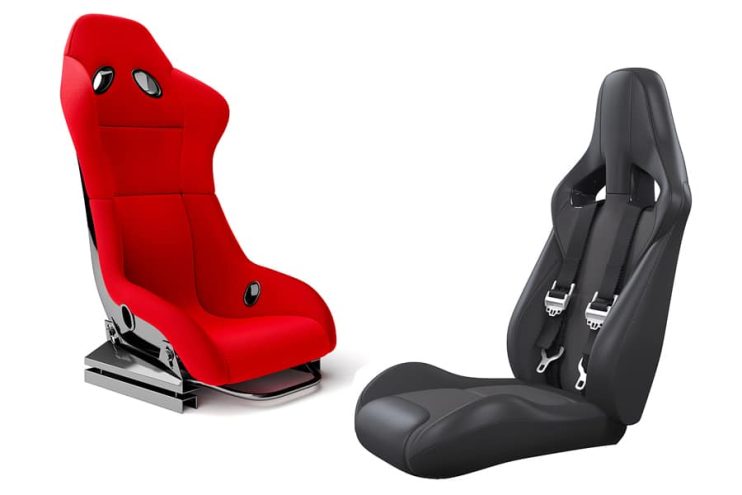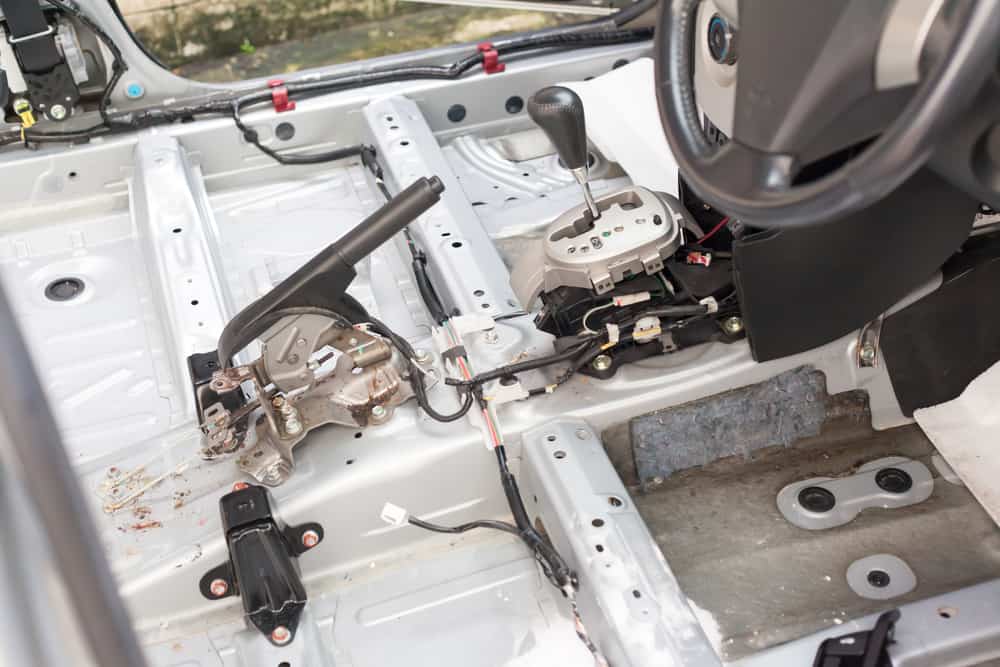
There can be a host of reasons for needing to replace your car seats. From unfortunate accidents with travel sick kids through to prolonged wear and tear, it’s very easy to know when your seats are nearing the end of their lifespan. If you are the type of driver who spends many hours travelling round the country then remember that having the right kind of support can mean hours avoided at the osteopath’s in later life having those little niggles hammered out on the massage table. You can often find aftermarket seats that are not produced by the manufacturer of your vehicle at a good price. These could save you money and you can usually purchase a modification kit appropriate to your vehicle that will ensure they fit correctly into the available space.
Unbolt the Old Seat
After opening the door to access the driver’s seat, locate the bolts that hold the seat onto the base plate of the car. You’ll need to use a socket wrench to unscrew these bolts. Remember to use the seat adjustment controls to give you the necessary room in order to access the bolts, sliding the seat forward to access the rear bolts and vice-versa.
Removing the Seat
Once you have fully unbolted the seat then it’s time to remove the seat from the car. Push the seat forward so that the head rest is touching the steering wheel and disconnect any wiring that is attached to the seat, which may be used to control seat adjustment motors and in seat heating devices and then pull the seat slowly and carefully out of your vehicle.

Insert the New Seat
Unwrap the new seat and put it into the car, tilting it forward as you ease it into the space. Before you bolt it down you’ll need to reattach any wiring to the appropriate points on the seat to provide power to the extra functions. When you are satisfied these are fixed in place then tip the seat back into position.
Fix the Seat in Place
It’s now time to fix the seat back in place. You should slide the seat back to its furthest position in order to give you the room to start with the forward bolts, then push the seat forward to fix the rear bolts. Afterwards, check that the seat moves smoothly back and forth and if you have electronic adjustment controls, sit in the seat and test these to their full extent to ensure the seat is fully operational.
Of course, if you’re the owner of a high performance vehicle and you’re into customisation, colour-schemes, vinyl wrapping and other modifications then you may want to swap out your old seats entirely for sports seats with special belts and extra bolting points. Be aware that these often require you to install new harness points for seat belts and are not as easy to fit into your car’s existing structure as aftermarket car seats.







.png)